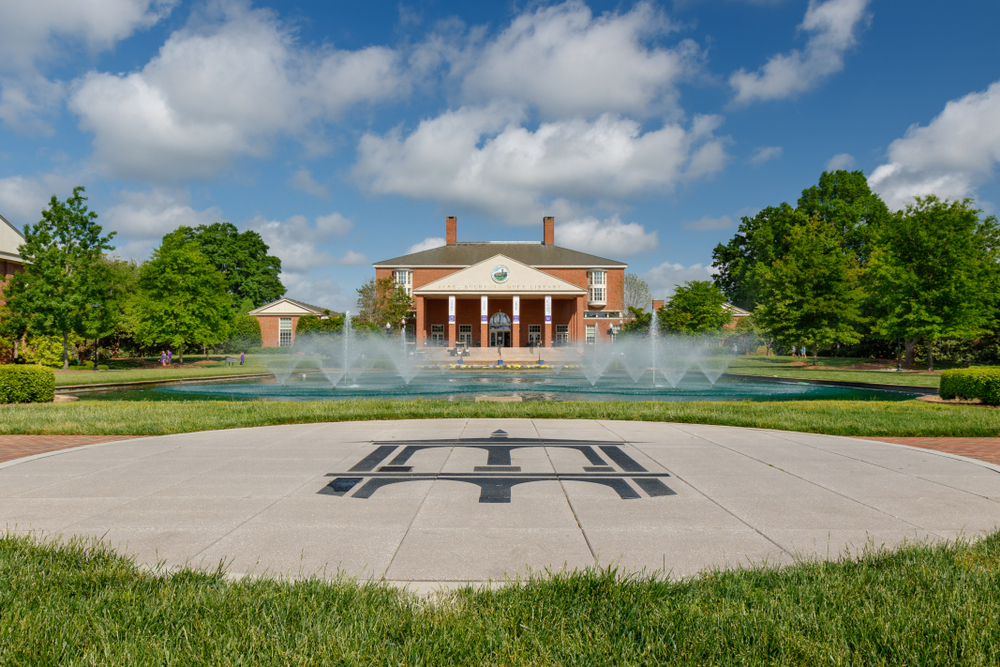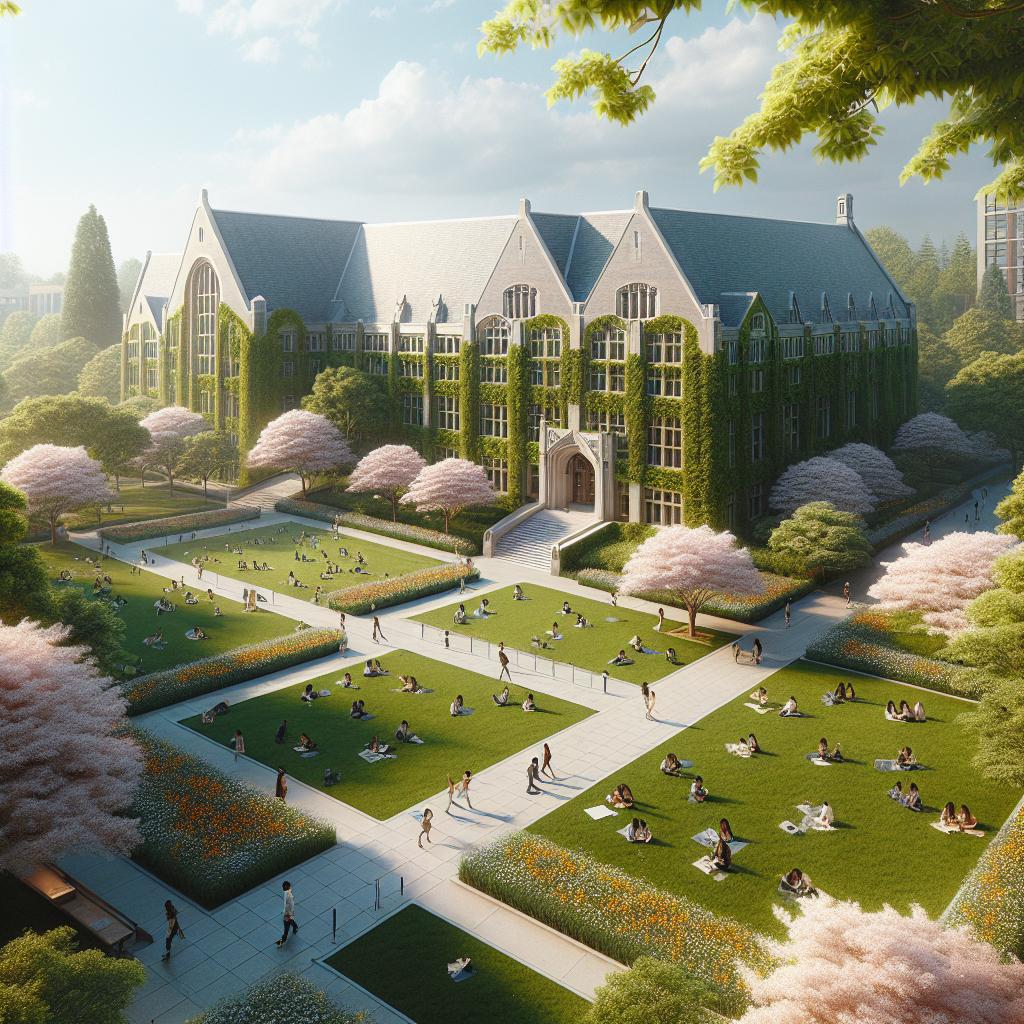Furman University Recognized for Its Stunning Campus
Greenville, South Carolina – Furman University has once again been celebrated for its stunningly beautiful campus, making it onto an esteemed list of America’s most picturesque college grounds. Architectural Digest recently included the university on an unranked list featuring 64 campuses that stand out for their breathtaking layouts and designs.
A Campus That Attracts Students
According to Jeff Redderson, associate vice president of facilities and campus services at Furman, the overall aesthetic of the university is a significant reason why many students choose to enroll. “It’s among the top two reasons students select Furman,” Redderson noted. He believes that if they can invite a student to visit the campus, there is a strong possibility they will decide to enroll. This speaks volumes about the appeal of the university’s landscape and design.
The Charm of Furman’s Grounds
Furman University spans a vast 940 acres in northern Greenville County, with 450 acres meticulously maintained. Among the campus’s unique features is The Place of Peace, which is the first Japanese temple to be dismantled and reconstructed in America. In 2008, over 2,400 pieces of this temple were carefully transported through the Panama Canal and reassembled on campus by skilled Japanese craftsmen. An adjoining Asia Garden further enhances this tranquil area.
Floral Beauty at the Janie Earle Furman Rose Garden
Established in 1961, the Janie Earle Furman Rose Garden is often considered one of the most beautiful rose gardens in the nation. With around 800 vibrant rose bushes, a charming 19th-century gazebo, and a lovely fountain, it has become a popular venue for small weddings. The university also maintains a greenhouse specifically dedicated to growing Furman roses which are given to individuals who have contributed to the betterment of the university.
Sustainable Practices and Campus Changes
In recent years, the university has taken steps toward sustainability and has repurposed materials from trees cut down on the campus grounds. The wood from trees that lined the mall has been used to create items including the president’s desk. While the decision to remove some trees, including large overcup and white oaks, stirred some controversy, Redderson explained that these trees had outlived their lifespan and posed safety risks.
Furman Lake and Environmental Initiatives
Another picturesque area is Furman Lake, also lovingly referred to as Swan Lake. Although it is certainly beautiful, swimming is not permitted. The school has been actively working to correct environmental issues within the lake, including relocating around 300 geese.
The Bell Tower: A Signature Structure
The iconic Bell Tower is recognized as Furman’s signature structure, which Architectural Digest notes as a faithful recreation of the original built in 1854. That original bell tower was unable to be moved when the university relocated to Greenville in the mid-20th century because it was too fragile.
A Glimpse Into History
Furman University boasts a rich history, originally founded in Edgefield and moving to downtown Greenville in 1851. It merged with the Greenville Women’s College between 1933 and 1938. Due to overcrowding, the university trustees decided it was necessary to find a new space for the campus. Ground was broken for the new campus in 1953, where it now exists. The former men’s college site is now Bell Tower Mall, while the women’s college area has transformed into Heritage Green, home to various cultural and artistic endeavors.
A Modern-Day Educational Haven
Today, Furman University continues to impress with its beautiful campus, guided by a master plan designed by Perry, Dean & Rogers of Boston. David Manning, who manages 26 staff members on the grounds crew, states that this plan guides their efforts to maintain and enhance the campus’s lush landscapes.
With its combination of history, beauty, and commitment to sustainability, Furman University remains a cherished educational institution in Greenville and among the most visually appealing campuses in the country.







